No products in the cart.
Microcontrollers
Raspberry Pi Pico
Availability:
Available on backorder
The Raspberry Pi Pico is an entirely new type of microcontroller from Raspberry Pi. Small, cheap and flexible – it’s great for learning to code with MicroPython!
$20.00
Available on backorder
Description
The Raspberry Pi Pico is an entirely new type of microcontroller from Raspberry Pi. Small, cheap, and flexible – it’s great for learning to code with MicroPython!
Whether you’re looking to learn about the MicroPython programming language, take your first steps in physical computing, or want to build a hardware project, the Raspberry Pi Pico – and its amazing community – will support you every step of the way. 
The Pico isn’t designed to replace the Raspberry Pi, which is a different class of device known as a single-board computer.
Whereas you might use your Raspberry Pi to play games, write stories and browse the web, your Raspberry Pi Pico is designed for physical computing projects where it can control familiar components such as LEDs, buttons, sensors, motors, and even other microcontrollers.
The Pico can be quickly and easily programmed using MicroPython and C/C++ using popular editors such as Thonny. Getting started is also very easy thanks to the dedicated Getting Started page. and there’s even a book dedicated to getting started with MicroPython on the Pico!
You can program your Pico from your computer, a Raspberry Pi 4, or even another Raspberry Pi Pico! A wireless-enabled version is also available here.

Available with or without headers!
The Raspberry Pi Pico is available as the board only, or with headers pre-soldered on the Pico H version. Select your option above before adding it to your cart.
The Pico H comes with a pre-soldered GPIO and 3-pin JST-SH debug header.
If you would rather solder your own headers, grab a set of our male, female, or stacking headers from the store – all available in a range of colors. We also include headers in our Essential Raspberry Pi Pico Kit which includes lots of other handy bits and bobs.
Raspberry Pi Pico Specifications
The main chip on board is the ‘RP2040’ made by Raspberry Pi (their first in-house microcontroller chip!) and is a dual-core ARM Cortex M0+ processor, with a flexible clock running up to 133MHz.
- RP2040 microcontroller chip designed by Raspberry Pi in the United Kingdom
- Dual-core ARM Cortex M0+ processor, flexible clock running up to 133 MHz
- 264kB of SRAM, and 2MB of onboard Flash memory
- The castellated module allows soldering directly to carrier boards (non-header version only)
- USB 1.1 Host and Device support
- Low-power sleep and dormant modes
- Drag & drop programming using mass storage over USB
- 26 multi-function GPIO pins
- 2×SPI, 2×I2C, 2×UART, 3×12-bit ADC, 16×controllable PWM channels
- Real-time clock (RTC)
- Temperature sensor
- Accelerated floating-point libraries on-chip
- 8×Programmable IO (PIO) state machines for custom peripheral support
- Dimensions: 51mm x 21mm (click for drawing)
Raspberry Pi Pico FAQs
- What else do I need to use a Raspberry Pi Pico?
- You’ll need a micro-USB cable to allow you to connect it to your computer or Raspberry Pi for programming
- You may want to purchase a header set to allow you to use the Pico with a breadboard, or just select the pre-soldered Pico H version above.
- There’s also the excellent Get Started with MircoPython on Raspberry Pi Pico book for learning how to use the Pico
- Do I need a Raspberry Pi to use the Raspberry Pi Pico?
- Nope! You can program a Pico from a Raspberry Pi 4, but you can also just use your PC or laptop.
- Do I need an SD card?
- Nope! The onboard flash memory stores your programs.
- How do I power a Raspberry Pi Pico?
- A PC/Raspberry Pi USB port will provide enough power for your Pico, but you can also use any micro-USB power supply (such as the official Raspberry Pi 3 power supply )
- Can I run Raspberry Pi OS on a Raspberry Pi Pico?
- No – the Pico doesn’t run a full desktop operating system like the Raspberry Pi 4, it runs code directly without a desktop interface (similar to an Arduino)
- What’s the difference between a Raspberry Pi 4 and a Raspberry Pi Pico?
- The Raspberry Pi 4 is a single-board computer with a full Linux operating system (similar to a traditional desktop PC) whereas the Raspberry Pi Pico is a different class of device designed to run physical computing projects.
- How do I program the Raspberry Pi Pico?
- You use a PC, laptop, or even a Raspberry Pi to write code and push your program to the Pico – which then runs that code whenever powered up. The Raspberry Pi Product Page shows you how to do this with lots of helpful information.
- I’m new to coding – is this for me?
- Absolutely! As with all things Raspberry Pi, there’s a huge amount of information available as well as a thriving community of friendly makers and hackers to help you along the way. It’s a great way to learn MicroPython and C/C++ which are very popular programming languages used by many devices.
Resources
Category: Microcontrollers
Tags: pi, pico, Raspberry pi
Based on 0 reviews
0.0 overall
0
0
0
0
0
Only logged in customers who have purchased this product may leave a review.
Related products
- Microcontrollers, NVIDIA®
NVIDIA® Jetson Orin™ Nano Super Developer Kit
0 out of 5(0)NVIDIA Jetson Orin Nano Super Developer Kit is a compact edge AI board, built with Jetson Orin™ Nano 8GB module which delivers up to 67 TOPS AI performance––a 1.7X improvement over its predecessor(NVIDIA Jetson Orin Nano Developer Kit). It has a rich set of IOs including USB 3.2 Gen 2 ports, 2x M.2 Key M for SSD, pre-installed Wi-Fi module, and more.
SKU: n/a - Microcontrollers
Raspberry Pi 5
0 out of 5(0)Featuring a 64-bit quad-core Arm Cortex-A76 processor running at 2.4GHz, Raspberry Pi 5 delivers a 2-3x increase in CPU performance relative to Raspberry Pi 4!
SKU: n/a$122.45 – $170.00 This product has multiple variants. The options may be chosen on the product page



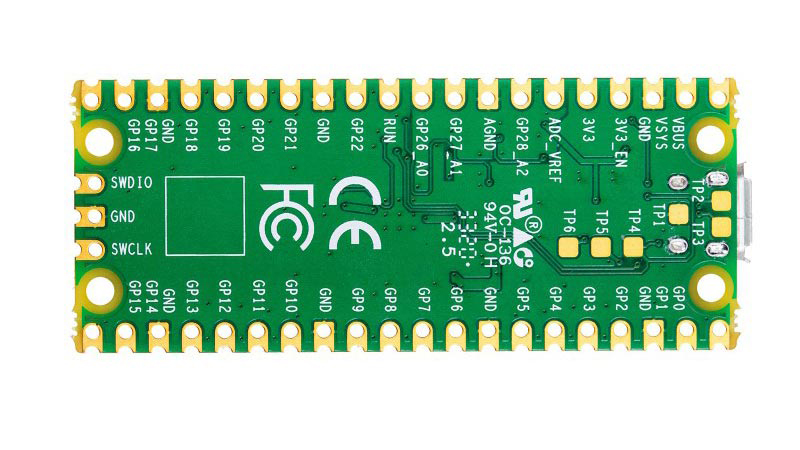

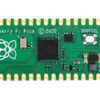
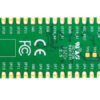

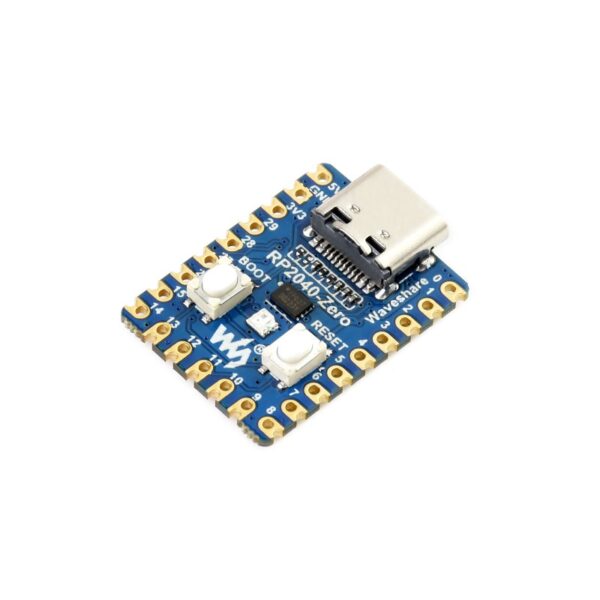

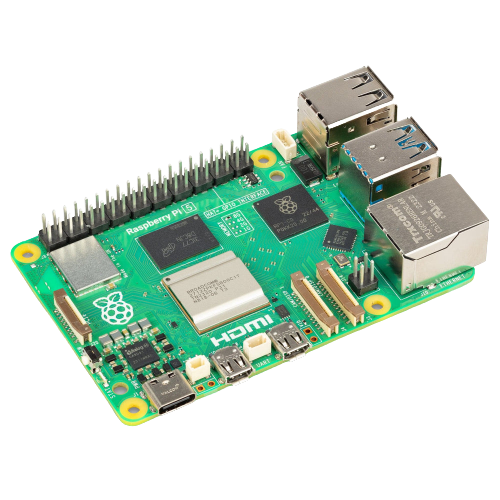
There are no reviews yet.